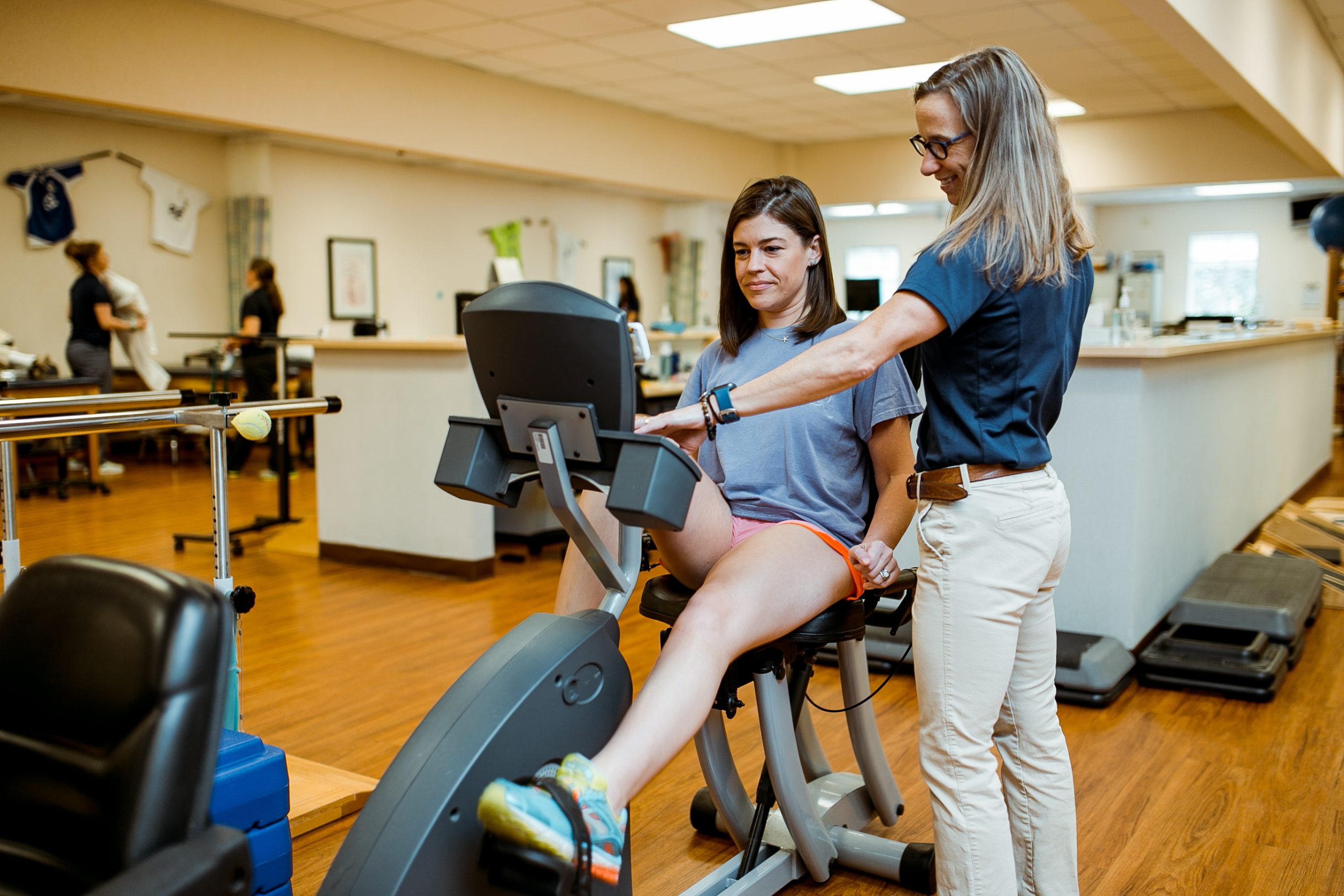The Crucial Impact of Strength Training on Improving Rehabilitation and Performance in Athletic Rehabilitation
The Crucial Impact of Strength Training on Improving Rehabilitation and Performance in Athletic Rehabilitation
Blog Article
Resistance conditioning holds a crucial part in athletic recovery, helping sportspeople recover from traumas and improve their overall capabilities. When an athlete sustains injured, their physique needs period to heal. However, during this recovery phase, it is essential to preserve strength and flexibility to prevent further damages. Strength conditioning can be tailored to suit the requirements of each athlete, focusing on particular muscle groups that may have been impacted by the injury. This focused approach not only assists in recovery but also readies the athlete to return to their activity stronger than previously.
One of the primary advantages of strength conditioning in rehabilitation is its capability to enhance muscle strength and stamina. When muscles are more powerful, they can better stabilize joints and minimize the chance of re-injury. For example, an individual healing from a leg trauma can benefit from workouts that strengthen the thigh muscles and back thigh muscles. These muscles play a vital part in stabilizing the leg articulation. By incorporating resistance training into their recovery program, individuals can regain their strength more efficiently and safely.
In furthermore to building strength, resistance training also improves mobility and scope of motion. Many traumas can lead to rigidity in the injured area, causing it difficult for individuals to move easily. Resistance training workouts often include stretching and elongating the muscular tissues, which can help reestablish flexibility. For instance, adding resistance straps or weights into flexibility routines can improve the effectiveness of these exercises. As flexibility enhances, athletes can perform actions more effectively, which is crucial for optimal capabilities in their sport.
Another crucial factor of resistance conditioning in sports rehabilitation is its positive effect on psychological well-being. Recovering from an injury can be a challenging and frustrating experience for individuals. Participating in resistance Recommended Site conditioning can offer a feeling of achievement and enhance self-esteem. As athletes see improvements in their power and capabilities, they may experience more driven to persist their rehabilitation journey. This psychological uplift can be just as crucial as the physical benefits, as a positive attitude can result to improved outcomes in recovery.
Finally, resistance conditioning can help athletes move back to their activity more smoothly. Once they have regained their power and flexibility, athletes need to practice sport-specific movements to ensure they are ready for competition. Resistance conditioning can be combined with sport-specific drills to create a holistic rehabilitation program. This blend allows individuals to not only recover but also improve their capabilities. By focusing on both rehabilitation and capabilities, resistance training becomes an essential instrument in the rehabilitation process, assisting individuals return to their activity more robust and more resilient.